
First preliminary tomato results in South Africa: 30 days before harvest!
Brix (Sugar Content): Brix is the most important commercial indicator, because many cash crop producers are reliant on Brix % to determine the sale value of their produce. The preliminary Brix results are exciting – a 10% increase at this early stage indicates a projected final 20% uplift in Brix.
Size (weight): Estimated size increase of 40% is a fantastic early stage result. Further: the testing farmer estimates around 30% more tomatoes per plant!
Quality/Taste: The farmer reports that some of the untreated tomatoes were already dying, compared to the SumaGrow treated tomatoes, that were “looking great”.
Even at this early stage, the farmer indicated a clear positive difference in the taste of the SumaGrow grown tomatoes.
Tomatoes Update
4 weeks before the harvest the Bris measured 6.6% (well on its way to the projected over 7.5%) for SumaGrow treated tomatoes and 6.0% for control, representing then already a 10% improvement.
After a severe cold spell, at harvest the Brix measured 6.2% for SumaGrow treated and 5.1% for control, representing a 21.6% improvement.
“I was absolutely delighted when I discovered the Brix result. After a severe cold spell, I was expecting a major decline in the Brix levels, however, the SumaGrow treated tomatoes maintained its high Brix level beyond my expectation. This will affect my pocket in the best possible way, thank you SumaGrow!” – Christian Schutte











 After seeing the positive effects on other crops, the farmer added SumaGrow (referred to as ExploGrow in report) to his normal fertilizer program, treating all his potatoes. He left no control areas, comparing only year to year results. SumaGrow was applied by pivot irrigation between 8 and 10 liters per hectare. 88 tons per hectare were achieved on one of the 18 potato lands.
After seeing the positive effects on other crops, the farmer added SumaGrow (referred to as ExploGrow in report) to his normal fertilizer program, treating all his potatoes. He left no control areas, comparing only year to year results. SumaGrow was applied by pivot irrigation between 8 and 10 liters per hectare. 88 tons per hectare were achieved on one of the 18 potato lands.
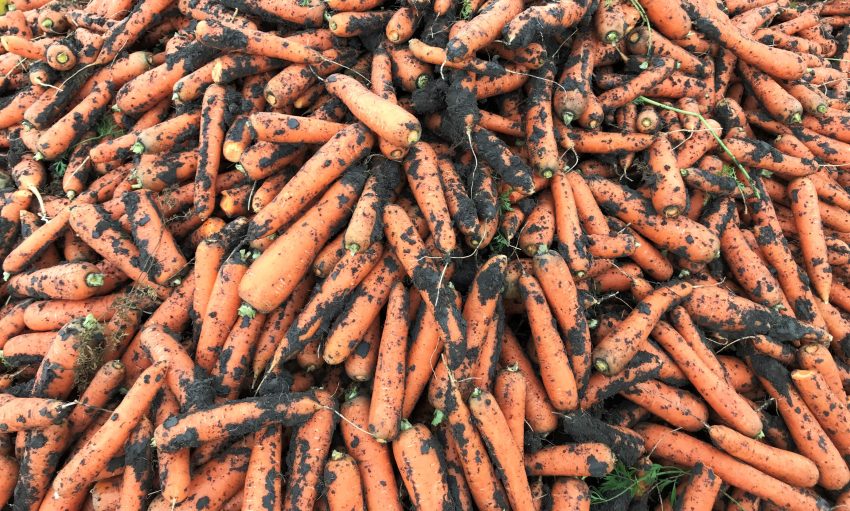
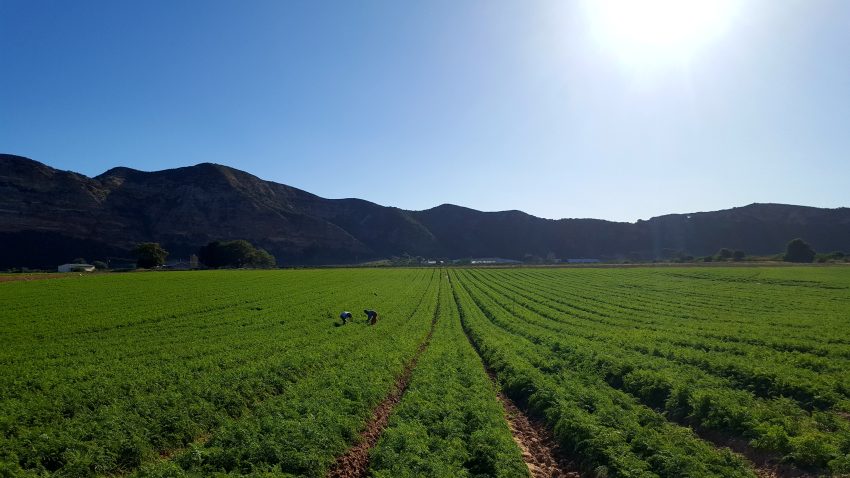
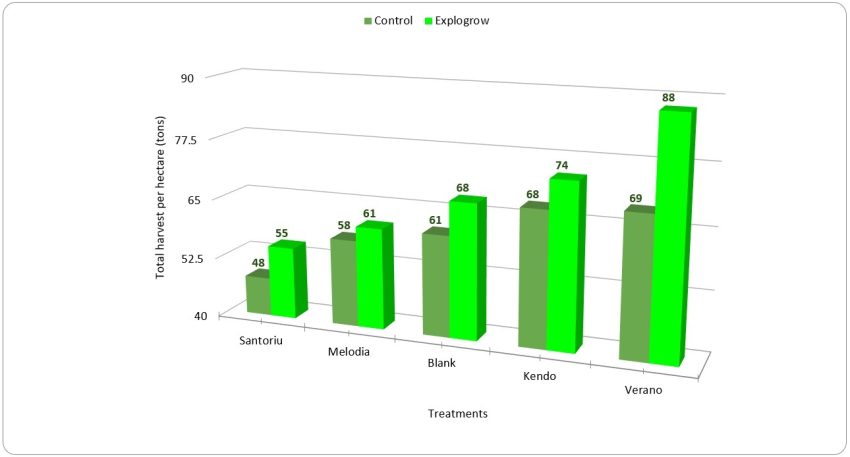
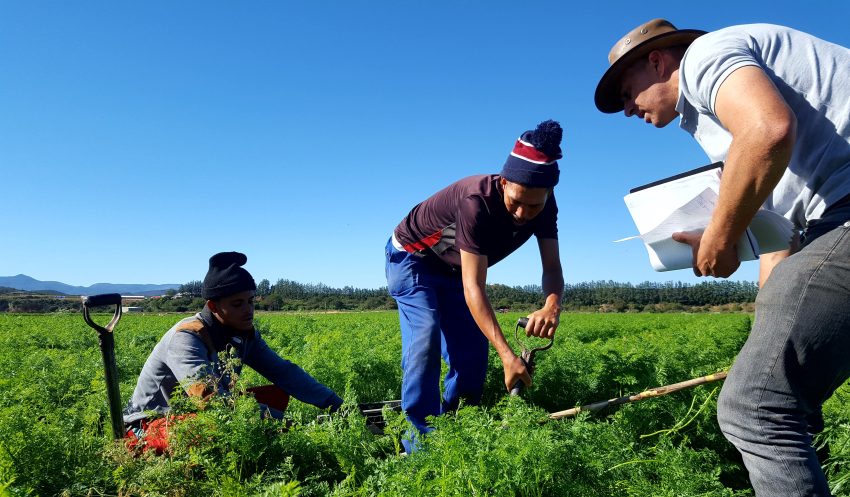
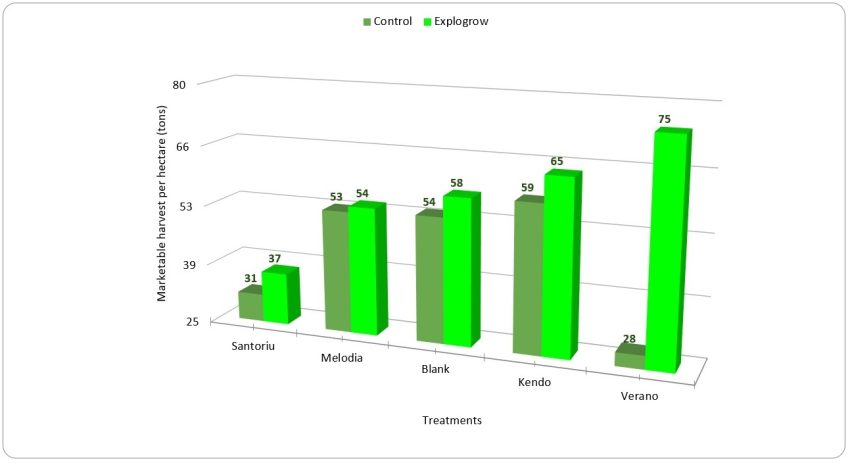
 Small trees in the nursery treated with Explogrow (SumaGrow) which were on the left, dramatically outperformed the untreated trees on the right.
Small trees in the nursery treated with Explogrow (SumaGrow) which were on the left, dramatically outperformed the untreated trees on the right. Stem diameter of treated Pecan trees averages 1cm. Untreated Pecan trees stem diameter averages 0.6cm.
Stem diameter of treated Pecan trees averages 1cm. Untreated Pecan trees stem diameter averages 0.6cm.
 Groundnut is a major oil-seed crop in South Africa. About 200,000 ha are planted annually, producing an average yield of 1,000 kg/ha. In South Africa, Groundnut yields are not only limited by low and late summer rains and poor soils, but also by many diseases including those caused directly or indirectly by plant-parasitic nematodes. Indirect damage may include increased secondary infection by fungi and reduced nodulation and nitrogen fixation. SumaGrow has shown to be effective in significantly alleviating the underscored factors.
Groundnut is a major oil-seed crop in South Africa. About 200,000 ha are planted annually, producing an average yield of 1,000 kg/ha. In South Africa, Groundnut yields are not only limited by low and late summer rains and poor soils, but also by many diseases including those caused directly or indirectly by plant-parasitic nematodes. Indirect damage may include increased secondary infection by fungi and reduced nodulation and nitrogen fixation. SumaGrow has shown to be effective in significantly alleviating the underscored factors.








